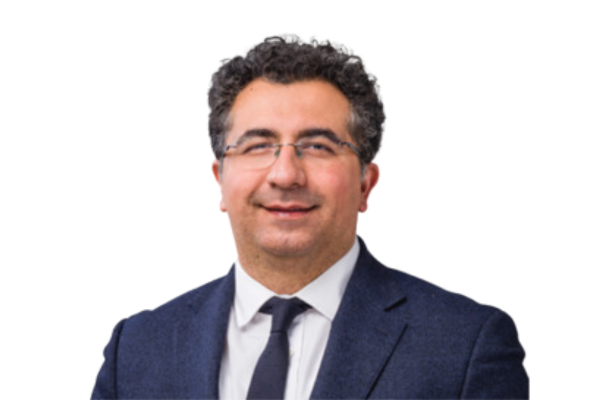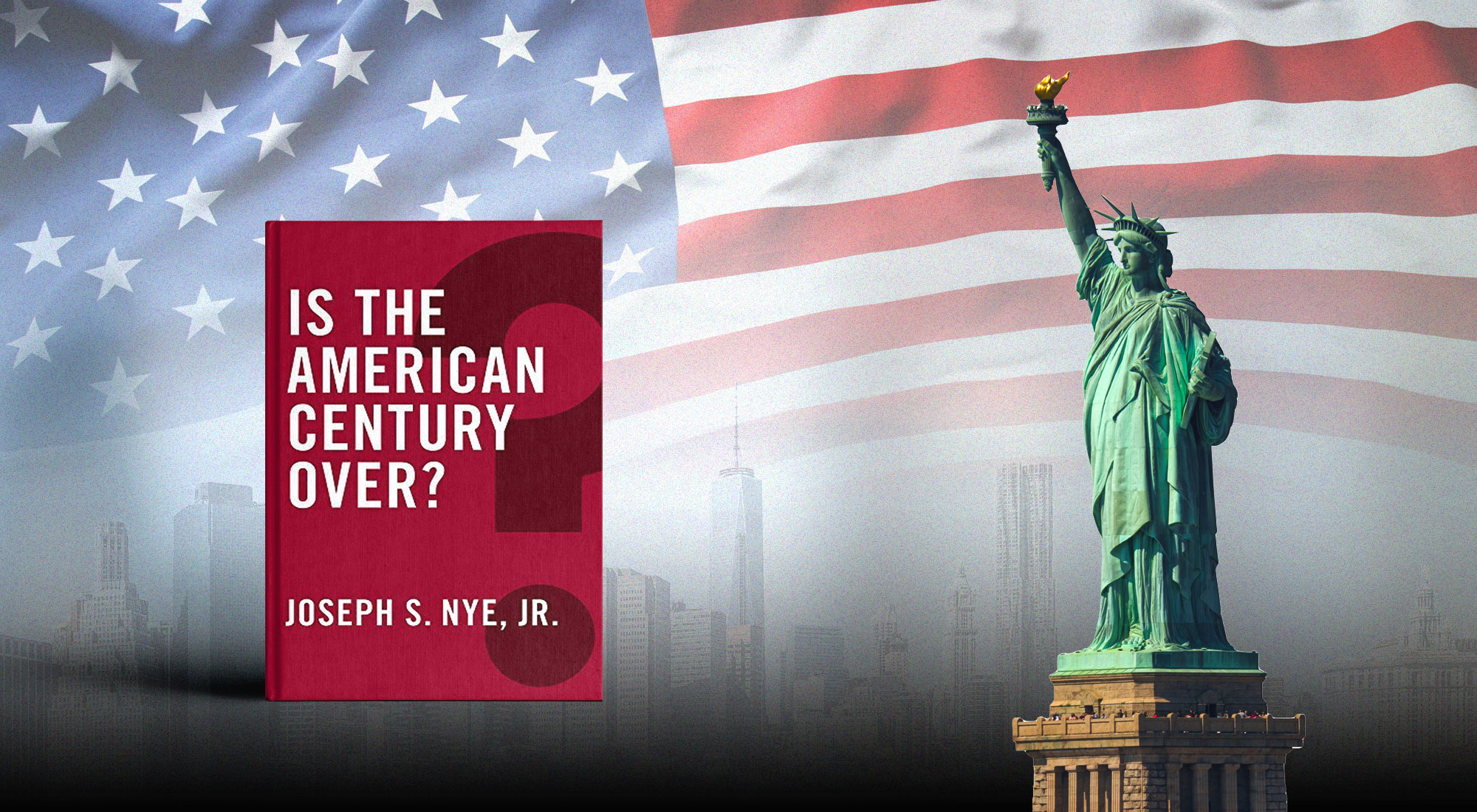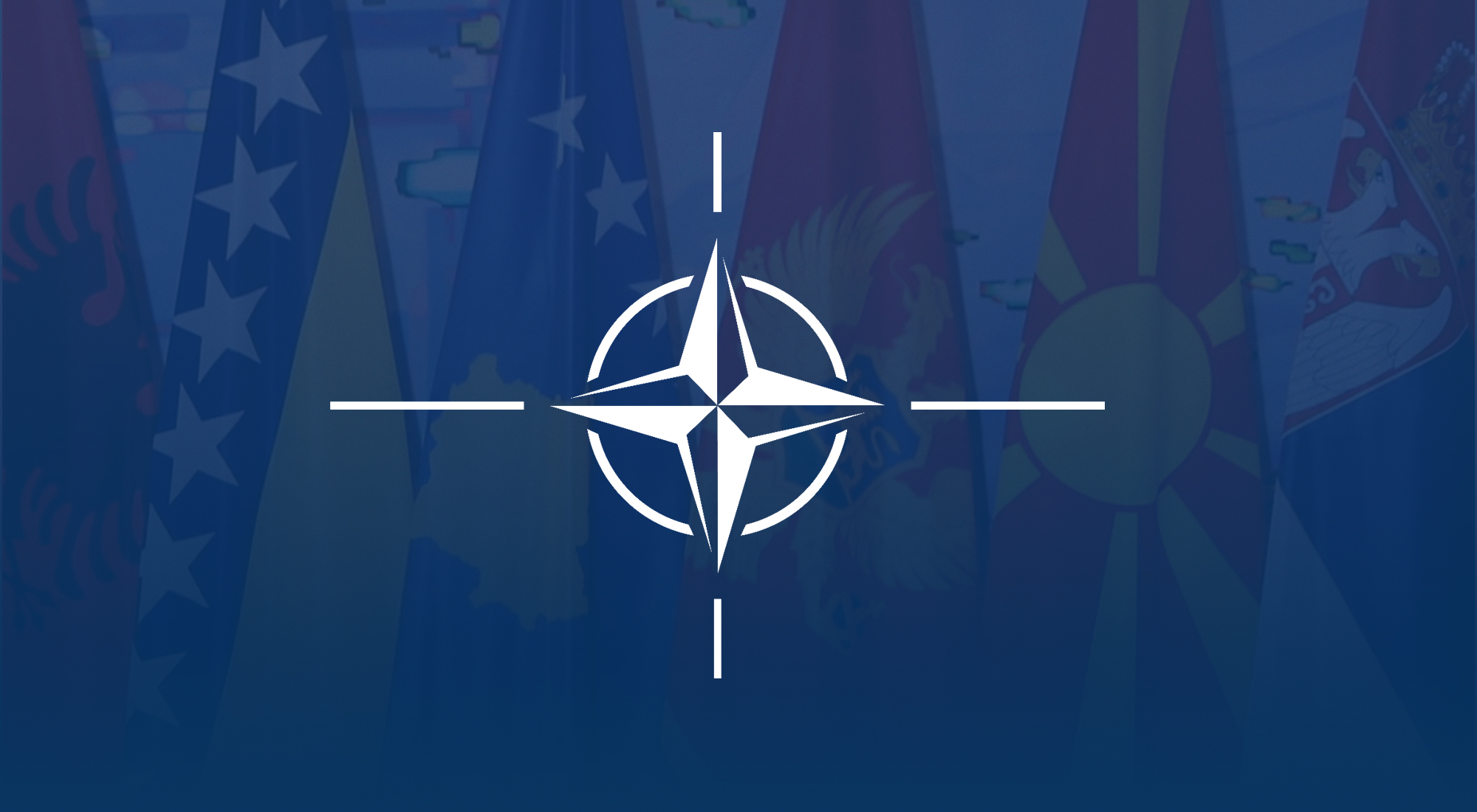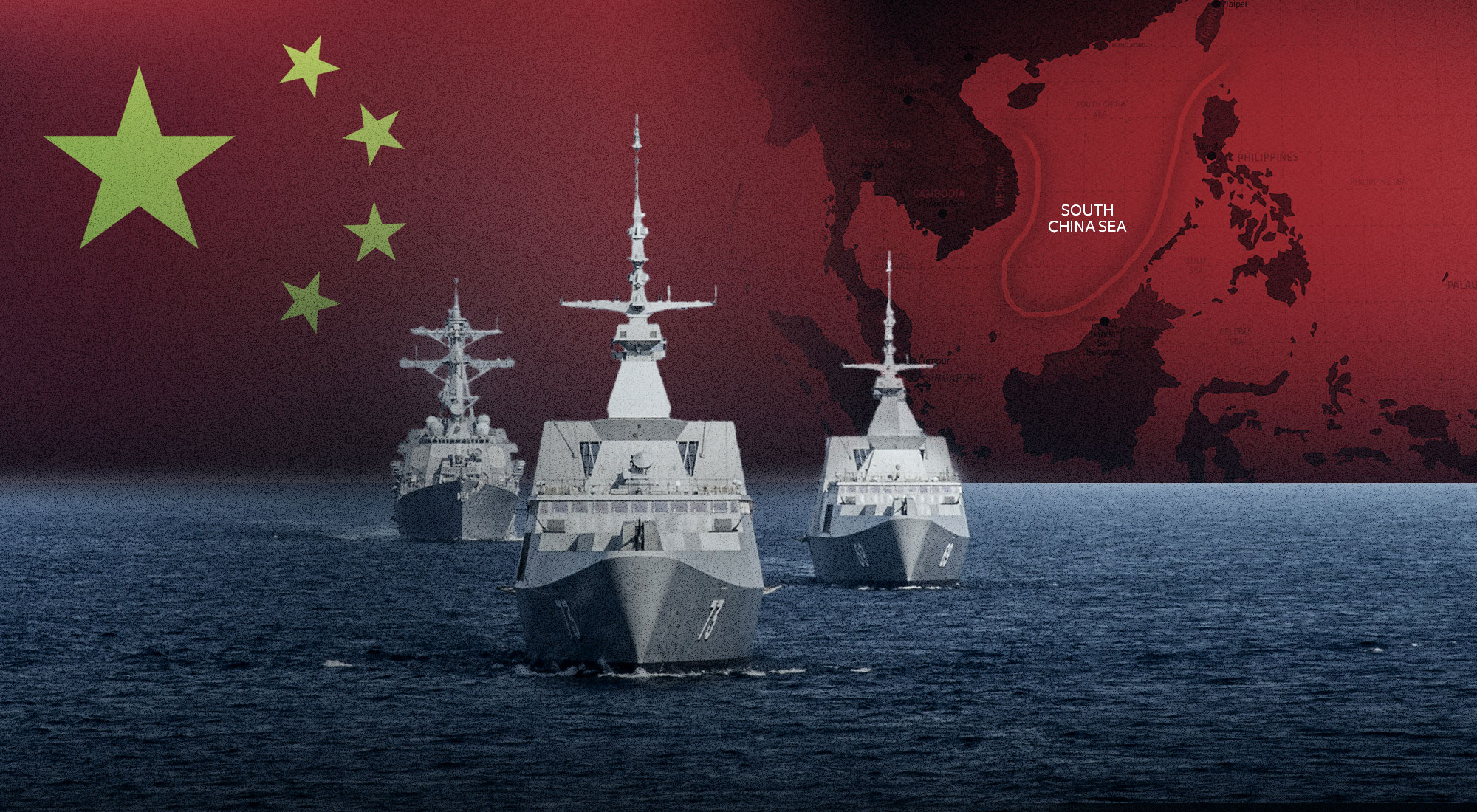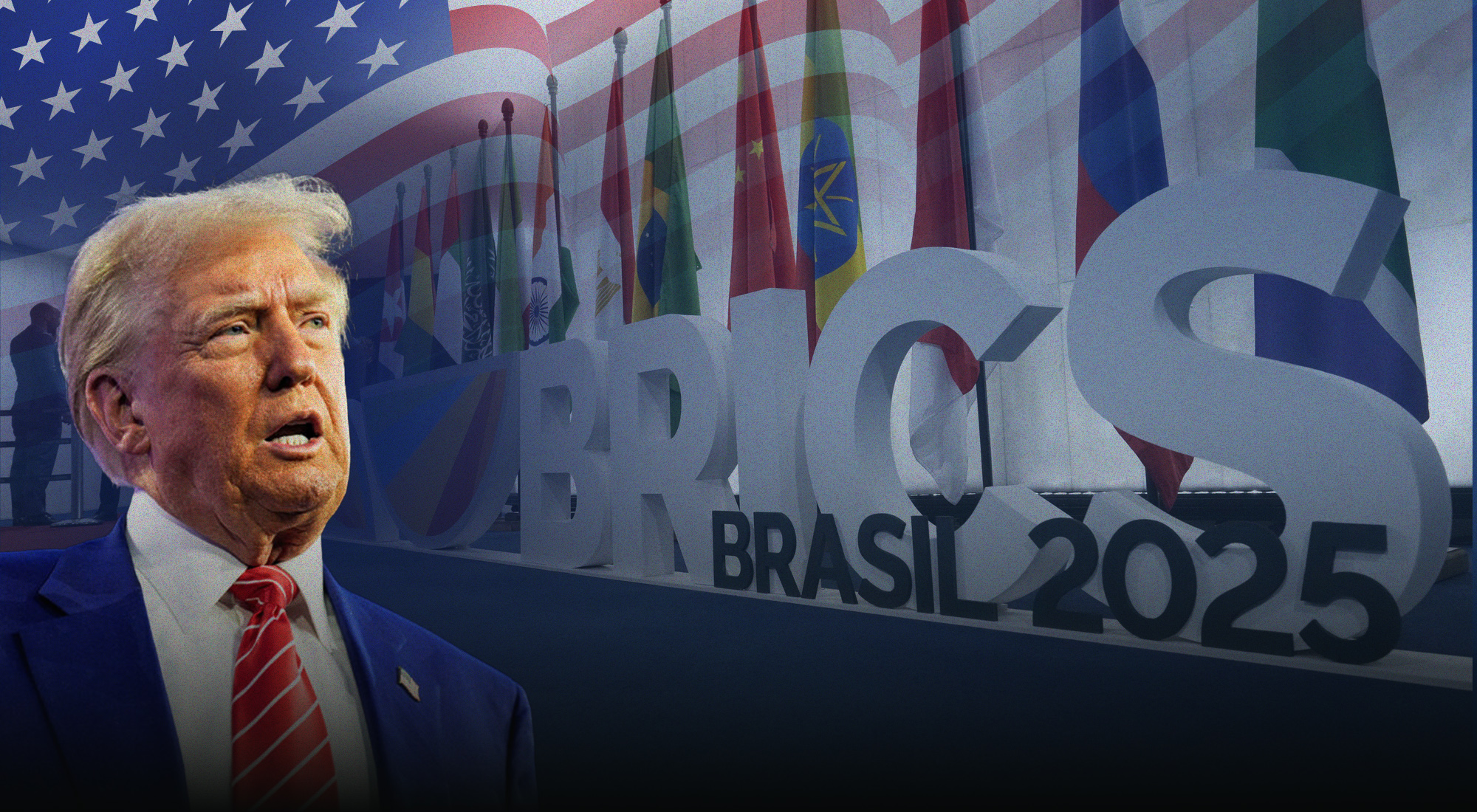The Islamic Republic of Iran will elect its eighth president on June 18, 2021. The presidential elections have always been critical moments for the Islamic Republic in determining the country’s macro policy on the domestic and the international levels. Moreover, these elections represent moments in which it is possible to evaluate the level of consensus within Iranian society at least partially. However, it is essential to first briefly describe the presidential electoral system in Iran, highlighting the political process around the qualifying of candidates.
The electoral process
Iran has a complex political system, which is neither fully authoritarian nor democratic. It can be classified as a peculiar hybrid regime. This political system combines, in an original way, elements of pluralism and authoritarianism. For example, electoral bodies such as the Presidency and the Parliament are elected by the citizens even though the candidates are limited by pre-selection by the Council of Guardians. At the same time, other institutional bodies, such as the Supreme Guide (the head of the state), the judicial authority, and the Council of Guardians, are not the direct expression of the electoral body. They represent the Islamic nature of the Republic. [1]
The approval of the Council of Guardians, composed of 12 members directly and indirectly nominated by the Supreme Guide, is required by the Constitution before any individual is recognized as an official candidate to run in the presidential elections. This pre-selection process is essential, as it guarantees that the Islamic Republic’s ruling elites retain a grip on the republican elements.
The pre-selection of candidates also depends on the domestic balance of power among the main political factions and on the socio-economic and international context in which Iran finds itself. For this reason, the shortlist also reflects the changing balance of power between the various political forces within the establishment. Such a system determines regular political cycles characterized by alternation between conservative, pragmatic, and reformist groups. It also generates significant shifts in the country’s domestic and foreign policies. Therefore, the electoral contest is the most distinctive and unique aspect of the Iranian political system.
The President of the Republic holds the second-highest office in the country and is the head of the government. The Presidency is the executive body responsible for implementing the Constitution and maintaining order in relations between the three branches of the state. On foreign policy, the President has the authority to sign treaties, conventions, and international agreements, subject to approval by the Parliament. On a domestic level, the President determines public policies in consultation with ministers. [2]

An absolute majority of voters must elect the President. If no candidate is likely to win with an absolute majority, the two candidates with the largest number of votes in the first round compete in the second ballot. The elected President must receive the Supreme Guide’s approval before assuming office. This year, 592 candidates have registered to run in the elections. The Council of Guardians shortlisted them between May 16 and May 21, and the final list of qualified candidates was published on May 25–26. That leaves a 20-day room for an electoral campaign before the voting on June 18.
Usually, the candidates are labeled secular, liberal, leftist, or Islamist. Candidates who are critical of the Supreme Leader and the establishment do not get the Council of Guardian’s approval. Some notable examples are former presidents, the late Ali Akbar Hashemi Rafsanjani and Mahmoud Ahmadinejad, who were both disqualified by the Council of Guardian in the previous run-up to the elections. In most cases, the main reason behind disqualification is a candidate’s lack of fully proven loyalty to Iran’s Constitution and the Islamic Shari’ah Law.
Current socio-political context
The high level of discontent among the citizens toward the Iranian political system might be significantly relevant during these presidential elections. For months, there have been widespread calls to boycott the elections among Iranians at home and those living abroad. This extensive campaign has mostly been propagated on social media, where Iranians have a significant presence. This disaffection among a large segment of the Iranian population results from the cycle of hope and disillusion that many voters have experienced in the past few decades. The trust in the ruling elite of the Islamic Republic has never been as low as it is today. [3]
The main reasons behind this widespread disaffection are:
- the economic hardship provoked by international sanctions
- the high level of corruption among a part of the ruling elite
- social inequality
- anti-government protest and issues related to political freedom.
The 2019 outrage is regarded as the most extensive anti-government protest since the revolution in 1979. The state’s response to the protests was harsh. The government shut down the Internet nationwide for 12 days to prevent people from joining the protests. [4] The suppression of this protest had a profound impact on the collective soul of Iranians. One of the arguments used by many activists and young people behind boycotting the elections is that anyone who votes would somehow betray the spirit of the protestors who were killed.
Due to these factors, there is disenchantment with all the political factions in the country, including the reformists and the conservatives. This was also noticeable during both the 2017 and the 2019 demonstrations. The protestors expressed their dissatisfaction with the entire political class, as indicated by the slogan “Reformists and Conservatives, it is all over” (Eslahtalab, Osoulgara, Dige Tamoum-e-Majara), and by the low turnout in the parliamentary elections of 2018. [5]
The Council of Guardians
On May 25, the Council of Guardians published the name of the qualified candidates. All the reformist and many other pragmatist candidates were disqualified, and seven candidates received the approval to compete. The candidates who made it included Ebrahim Ra’isi, Saeed Jalili, Mohsen Rezai, Abdolnasser Hemmati, Mohsen Mehralizadeh, Alireza Zakani, and Amirhossein Qazizadeh. The barring of important candidates such as Ali Larijani (former Parliament Speaker), Eshaq Jahanghiri (current Vice-President), Mahmoud Ahmadinejad (former President), and Saeed Mohammad (a leading candidate from the new generation of Islamic Revolutionary Guard Corps, IRGC) has provoked wide criticism.
Many notable public figures such as President Hassan Rouhani and Hassan Khomeini (the grandson of Ayatollah Khomeini) expressed their dissatisfaction. They asked the Supreme Guide to intervene personally to force the Council to readmit some of the key candidates. However, at the moment, it seems that the Supreme Guide has no intention to exercise his power and readmit the omitted candidates.
The main candidates
There are three main political factions in the Islamic Republic of Iran – the conservatives, the pragmatists, and the reformists. However, in this election, for the first time, we can notice the unprecedented presence of official candidates from among the high ranks of the IRGC. Hence, it can be said that parallel to the above-mentioned traditional political factions, we have to deal with a separate military faction mainly originating from the IRGC.
Before the Council of Guardian’s decision, there were five likely prospective registered candidates in these presidential elections. All of them came from conservative groups or the IRGC. Neither the reformist nor the pragmatist candidates seemed to have a chance of winning. From the IRGC, General Hossein Dehghan and General Saeed Mohammad, together with Hojjatoleslam Ebrahim Ra’isi, Saeed Jalili, and Ali Larijani from the conservative factions, could have been regarded as the most prominent candidates for the 2021 presidential elections. However, as mentioned above, Saeed Mohammad and Ali Larijani were left out by the Council of Guardians, and Dehghan quit on behalf of Ra’isi. Consequently, Ebrahim Ra’isi and Saeed Jalili are the remaining primary candidates. The other five qualified candidates (except Abdolnasser Hemmati) seem to have very little chance of succeeding.
Here is a brief description of all the seven qualified candidates:
- Ebrahim Ra’isi is the most prominent candidate among conservative groups. He is the head of the judicial authority and has a solid political and economic power base in the country. Ra’isi also ran during the previous presidential elections in 2017 but lost to Hassan Rouhani. Many analysts consider him the true pupil of the Supreme Guide. Ra’isi is also a Shi’ite cleric and therefore has the backing of a section of religious hierarchies and foundations in the holy cities of Mashhad and Qom. However, his reputation is tainted among a large part of the Iranian public opinion because of his alleged role in the “illegal” elimination of hundreds of political prisoners in the 1980s. Ra’isi is a hardline conservative and a part of the first-generation ruling elite.
- Saeed Jalili has extensive experience in diplomacy and has served as the Secretary of the Supreme National Security Council (2007–2013). He has been active as a negotiator during the Iranian nuclear deal, known as the Joint Comprehensive Plan of Action (JCPOA). Jalili also has the legitimacy of being an Iran–Iraq war veteran, which makes him ideologically more acceptable to the ruling elite. However, Jalili lacks charisma and has not inspired strong support among voters. He may be an adequate candidate for the ruling elite if the “deep state” decides to back a low-profile candidate to remote control from behind the scenes. Jalili ran for Presidency in the 2013 elections and came third.
- Mohsen Rezai is the Secretary of the Expediency Discernment and belongs to the conservative factions in Iran. He is from a military background as an IRGC commander in 1981. He led the Sepah-e-Pasdaran during the Iran-Iraq war of the 1980s. He also belongs to the first revolutionary generation of the ruling elite. Rezai has contested in the presidential elections three times without any success. He obtained a Ph.D. in Economics from the University of Tehran and saw himself as a pragmatist conservative who wants to modernize the Iranian economic and social system. Rezai neither has popular support nor is supported by the establishment.
- Abdolnasser Hemmati is the former Governor of the Iranian Central Bank. He is the only qualified candidate who can be classified as a technocrat belonging to the pragmatist faction. Hemmati obtained a Ph.D. in Economics and is an Associate Professor in Economy at the University of Tehran. During the last three decades, he has mostly been active in finance, banking, and insurance. He was the CEO of Bank Melli and Bank Sina and has also served as the Governor of the Center of Insurance of Iran. Hemmati was close to former President Rafsanjani and has pragmatist economic and political views. He can attract some reformist and pragmatist voters and has a close relationship with the current Foreign Affairs Minister, Mohammad Javad Zarif.
- Mohsen Mehralizadeh belongs to the reformist faction and ran in the 2005 presidential elections. On that occasion, he was the last among the running candidates. However, he has occupied important institutional positions within the country. Mehralizadeh was the former Governor of Isfahan and Khorasan Provinces and was very close to the former President Mohammad Khatami. However, he did not get the endorsement of the main reformist groups and is running as an independent in these elections. His chances of winning the election are meager.
- Alireza Zakani is counted among hardliner conservatives. He serves as a member of the Iranian Parliament and is an Iran-Iraq war veteran. Zakani also served as commander of the student paramilitary organization, Basij Resistance Force, in the early 2000s. Zakani holds very strong anti-America views and criticized the JCPOA agreement in 2015-2016. He has a Ph.D. in nuclear medicine and runs a news website, Jahannews. Zakani’s chances of success in this election seem very low as he does not have strong support from conservative voters.
- Amirhossein Qazizadeh is one of the lesser-known qualified candidates. He is Assistant Professor of Otorhinolaryngology at Shaheed Beheshti University of Medical Sciences in Tehran and a member of the Iranian Parliament. Qazizadeh also belongs to the hardline conservative faction. He was born in 1971 and is young compared to others on the qualified candidates’ list. Qazizadeh represents the new second-generation ruling elite in the Islamic Republic.
The eliminated candidates
Three registered candidates were either filtered out by the Council of Guardian or, like Dehghan, decided to quit at the last moment. However, their participation in the electoral race might significantly impact the electoral result.
- Brigadier General Hossein Dehghan represents the IRGC’s old guard and has served the Islamic Republic since the first post-revolutionary weeks in 1979. He is among the top-ranking generals of the Sepah-e-Pasdaran and was appointed Defense Minister by President Rouhani from 2013 until 2017, after which the Supreme Guide nominated him as his military aide for the defense industry. Dehghan also has significant experience in dealing with the region’s political and security issues, including Lebanon and Syria. He supports the Iranian role in the so-called Shi’ite coalition and has been under United States sanctions since 2019. He has been accused of being involved in bomb attacks in Lebanon and Argentina. In the run-up to the elections, Dehghan quit the race, backing Ebrahim Ra’isi’s candidature. This tactical move highlights the alliance that exists between few senior IRGC generals and the establishment. Dehghan can still play a role in a future government in case Ra’isi is appointed as minister.
- Brigadier General Saeed Mohammad could have been considered a rising star in Iranian politics, as he represents the IRGC second generation, seen having more pragmatist views and ideas. Mohammad has served as an Executive Director of Sepasad for seven years. He is the former commander of Khatam al-Anbyia Construction Headquarters (2018–2021), one of IRGC’s most important economic and military power centers. He has a Ph.D. in civil engineering. However, Mohammad is not very well-known in Iran, and his public profile has only improved recently due to his candidature. His main objective is to create an efficient young revolutionary government that combats corruption among the elite and ensures social equality. Compared with Dehghan, Mohammad is more pragmatic and a conciliatory figure who presents himself as a technocrat in outlook and style.
The generational shift within the ruling elite of the IRGC could have made the elections more complex and challenging. In essence, the competition between Dehghan and Mohammad would have represented a subtle challenge between IRGC’s two generations. However, their eliminations from the electoral race are as necessary. It shows that at the moment, at least, ongoing rivalries between the two generations of the IRGC are not reflected in the race for the Presidency.
This intra-generational struggle stands exposed as some senior IRGC officials have sought to discredit the young General Mohammad with accusations of corruption. Moreover, the Council of Guardians has approved a new rule of qualification, making it even more selective. Among these changes is a stipulation regarding the rank of generals who want to compete in the elections. According to this new rule, only top-ranking generals – those with the Iranian rank of Sarlashgar (First Brigadier) – can qualify. This rule likely excluded General Mohammad, whose rank is Sardar (Second Brigadier).
- Ali Larijani was the Speaker of the Parliament for many years (2008–2020) and was also the Director-General of Iranian State Radio and Television (1994–2004). He is more moderate than Jalili and Ra’isi and can be classified as a moderate conservative. Larijani also has good international experience and a relatively strong diplomatic network abroad. [6] He could have had a high possibility of winning the elections if his candidacy had been approved.
- Eshaq Jahanghiri, the current Vice-President of the Islamic Republic, put up a respectable show when he ran in the 2017 elections. However, poor public perception of the competence of the incumbent government has damaged Jahangiri’s reputation. Therefore, his chances of winning the elections were low.
The potential outcome
Considering the filtering of the above-mentioned prospective candidates, it is more likely that the winner does not come from the IRGC. The likely alternative is a candidate from among the conservatives due to the electorate’s disillusionment with the reformists and the pragmatists. In a Jalili Presidency, we could see a low-key government mainly run by the “deep state” that would maintain a favorable alliance with Russia and China and a certain distance from the US and EU. This does not mean that there will not be a rapprochement with the West, though it would be limited. On the domestic front, we might expect a more state-centered political economy and increased regulation. A Jalili Presidency would thus not represent a major change.
A Ra’isi Presidency, on the other hand, might represent a more hardline conservative government. It will have an increased focus on Islamic ideology, maintaining Tehran’s foreign policy alliance with Russia and China, and continuing the pro-Shi’a orientation in the region. On regulatory policies, we might expect more restrictions than before.
Beyond these two prominent conservative qualified candidates, Hemmati might also have some chances of becoming the President. A Hemmati Presidency would probably follow pragmatic policies. He might reduce strong alliance with Russia and China while pursuing some relaxation in relations with the West. On the regional level, however, a pro-Shi’ite policy might be retained. Hemmati would be more oriented toward privatization and a less state-centered economy with a consequent relaxation of regulations on the domestic level. [7]
Conclusion and forecast
This paper predicts Ebrahim Ra’isi, Saeed Jalili, and Abdolnasser Hemmati to be the current front runners. Ra’isi is believed to have the unofficial endorsement of the Supreme Leader and the so-called “deep state.” He can also count – even if only partially – on the votes of a significant number of conservatives. Ra’isi is also a cleric with proven loyalty toward the Supreme Leader who may also be able to guarantee a smoother transition of power in the event of the death of Ayatollah Khamenei. Moreover, both generals, Dehghan and Mohammad, publicly declared their support for Ra’isi in the last days. This gesture represents an alliance within the conservative faction together with the IRGC’s leading players.
The race for the Iranian Presidency could boil down to a duel between Ra’isi and Jalili. As a third potential candidate, Hemmati might also play a marginal role in this tussle. Given the expected boycott of the election by many voters, the eventual outcome will be influenced to an unprecedented extent by intra-elite struggles among groups with vested interests. To sum up, the Iranian presidential election of June 2021 will be characterized by three key distinguishing features. These include a likelihood that citizens will boycott the ballot, the increased influence, even if indirectly, of the IRGC, and evidence of a generational change within the Islamic Republic’s ruling elite. All these factors are likely to play a key role in the eventual outcome.
References:[1] On the Constitution of the Islamic Republic, see A. Schirazi 1997), The Constitution of Iran: Politics and the State in the Islamic Republic, J. O’Kane (trans) (London and New York: I.B. Tauris).
[2] A. Zanjani 1999, Nezam-e Siasi va Rahbari dar Eslam (The Islamic State and the Supreme Leader), (Tehran: Islamic Cultural Centre), pp. 516-517.
[3] 2019. ‘Gozareshi az neshast-e Anjoman Ghalam va Andishe: 85 percent Mardom Narazi Hastand, Baray-e mardom Nezam va Dolat Farghi Nadarad’ (A Report of the Seminar of Iranian Association of Thinkers and Writers: 85 percent Disaffection among the Iranians. For the People there is no Differences between The State and the Government), Asr-e Khabar News Agency, https://www.asriran.com/fa/news/704354/; 2020. ‘Moshkelat-e Eqtesadi-ye Mardom-e Iran Amightar Shode Ast’ (The Economic issue of the Iranian People Became Bigger), Voice of America Farsi, https://ir.voanews.com/persiannewseconomy/iran-government-economy-recession.
[4] According to Reuters, almost 1,500 protestors were killed, while Amnesty International has been able to individuate 304 protestors who were killed. See Reuters, “Special Report: Iran’s leader ordered crackdown on unrest—‘Do whatever it takes to end it,’” December 23, 2019, www.reuters.com/article/us-iran-protests-specialreport/special-report-irans-leader-ordered-crackdown-on-un- rest-do-whatever-it-takes-to-end-it-idUSKBN1YR0QR; Amnesty International, “Iran: Thousands arbitrarily detained and at risk of torture in chilling post-protest crackdown,” December 16, 2019, www.amnesty.org/en/latest/news/2019/12/iran-thousands-arbitrarily-detained-and-at-risk-of- torture-in-chilling-post-protest-crackdown. According to the official data of the Islamic Republic, the death toll was fewer than 200 individuals. “Hardliner Lawmaker Claims Less than 200 Protesters Killed in Iran’s November Unrest,” Radio Farda, June 1, 2020, https://en.radiofarda.com/a/hardliner-lawmaker-claims-less-than-200-protesters-killed-in-iran-november-un- rest/30646781.html.The exact number of the victims remains unknown.
[5] BBC Persian, “Entekhabat-e Majes-e Iran, Kamtarin Nerkh-e Mosharekat-e dar Jomhuri-ye Eslami” (The Iranian parliamentary elections: The lowest participation rate in the Islamic Republic), February 23, 2020,
www.bbc.com/persian/iran-51604725.
[6] 2021. ‘Olaviat-e Larijani dar Surat-e Re’is Jomhur Shodan’ (The Priorities of Larijani in case of Becoming President), Donya-e Eghteshad newspaper, https://donya-e-eqtesad.com/بخش-سایت-خوان-62/3764744-اولویت-اصلی-لاریجانی-در-صورت-رئیس-جمهور-شدن–
|
|
|||
[7] 2021. ‘Ra’isi -Larijani: Final-e Qat’i-ye Entekhabat’ (Ra’si -Larijani: The Real Final over the Presidency), Modara Analysis Site, http://modara.ir/fa/news/162071/رئیسی-لاریجانی؛-فینال-قطعی-انتخابات/




